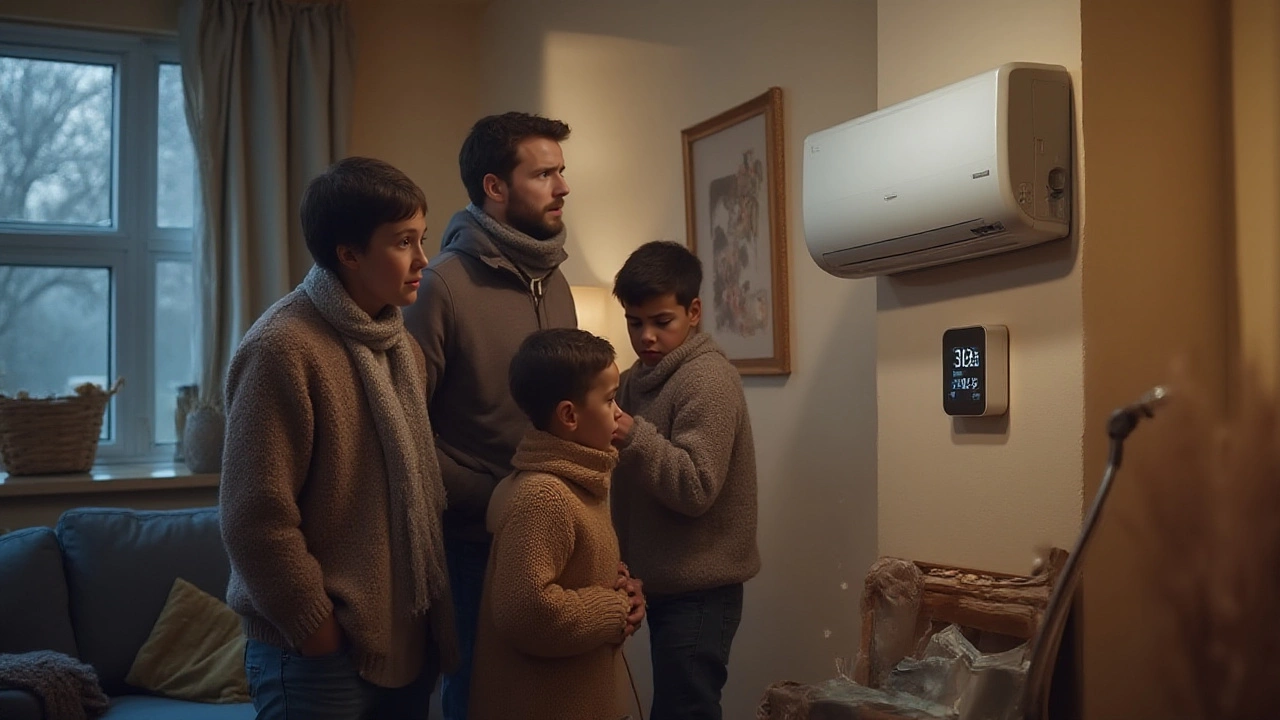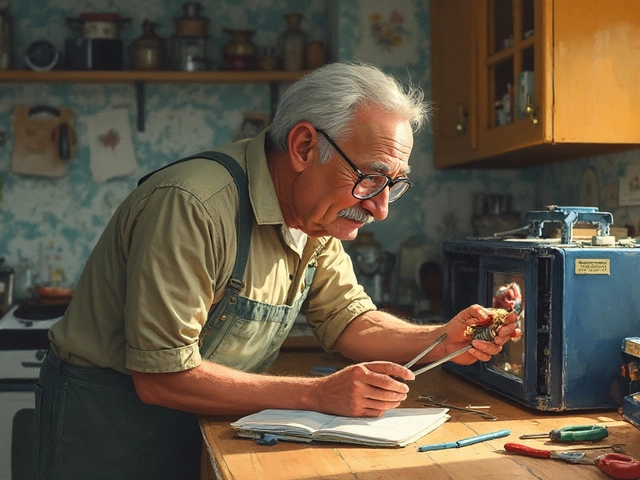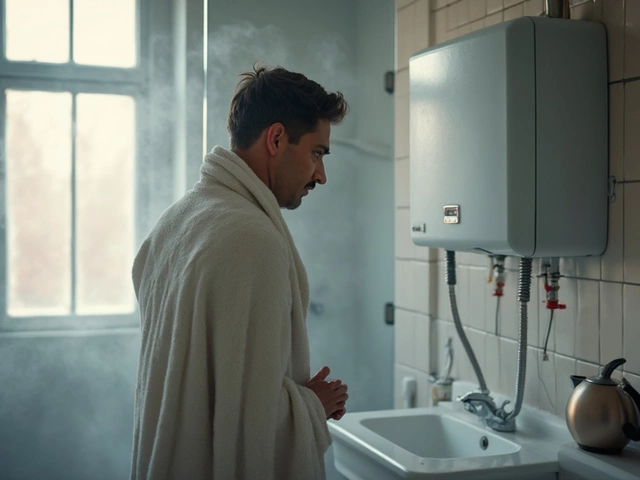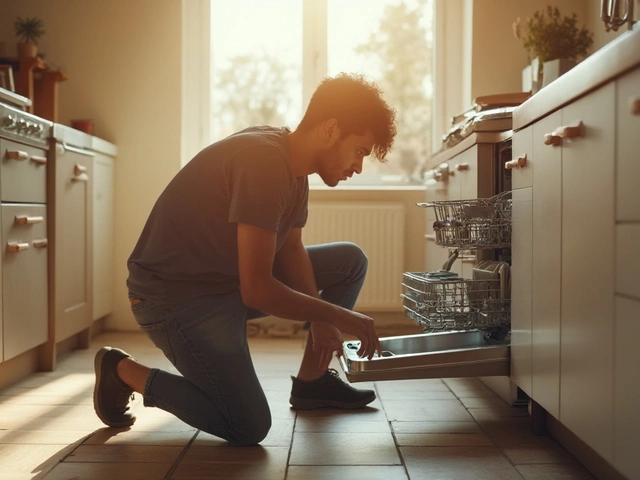Ever noticed your heat pump humming along, but your living room still feels like a fridge? You set the thermostat, it kicks on, and—nothing but chilly air comes through. It’s not just annoying. Sometimes it makes you question if you’re doing something wrong, or if the system’s just out to get you. Judging by how many messages I get about this exact issue—especially during those stubbornly cold Adelaide winters—you’re definitely not alone. Spoiler: It’s rarely a death sentence for the system, but it does mean something’s off. Some are quick fixes, others need a bit more elbow grease—or a pro’s help. Let’s break it down, so you know exactly where to poke around (and which problems are actually more common than you think).
What Stops a Heat Pump From Blowing Warm Air?
First, let’s get one thing out of the way—a heat pump should always feel warmer than the air in your home, but it won’t blast out barbecue-level heat like an old gas system. Especially if the outdoor temperatures start dipping below 5°C (41°F, for my friends up north), the air it puts out can sometimes feel ‘refreshingly cool,’ even when it’s technically heating up your home. Let’s talk specifics though—there are actual reasons your heat pump quit warming the air.
Thermostat settings mess things up more than you’d expect. People set them wrong all the time—nobody’s perfect, and yes, sometimes the cat really did bump into the dial. Make sure you’re in HEAT mode, not AUTO or COOL. Set the temperature higher than the actual room temp. Still not working? Here’s where you get technical.
- Clogged or dirty air filters: It’s wild how many calls I’ve fielded over this. Just a simple filter change can transform a ‘dead’ system into a toasty little hero.
- Outdoor unit iced over: Heat pumps pull warmth from outside. If the outside coils are buried in ice, the system basically gives up. This happens a lot if the defrost cycle malfunctions. Fun fact: modern heat pumps in Australia run automatic defrosting for this very reason, but not every model plays along.
- Low refrigerant: If there’s a leak, your heat pump can’t carry heat efficiently. That means lukewarm (or totally cold) air. The bummer? Fixing refrigerant issues needs a pro—no shame in asking.
- Faulty reversing valve: This little gadget lets the heat pump go from cooling to heating. If it’s stuck, you get the wrong kind of air—no matter what you set the thermostat to.
- Electrical faults or blown breakers: If something’s tripped in the power, the unit might blow the fan with no real heat exchange happening.
Here’s a nifty table with the main causes and their chance of being the problem, based on local repair data in South Australia just last winter:
| Problem | % of Cases Reported |
|---|---|
| Thermostat Confusion | 31% |
| Dirty Air Filters | 22% |
| Outdoor Ice Blockage | 19% |
| Low Refrigerant | 14% |
| Reversing Valve Stuck | 9% |
| Electrical/Power Faults | 5% |
So yeah, you can see that the simple stuff—settings or filter gunk—makes up more than half the headaches. Start there before wrangling with wires and valves.
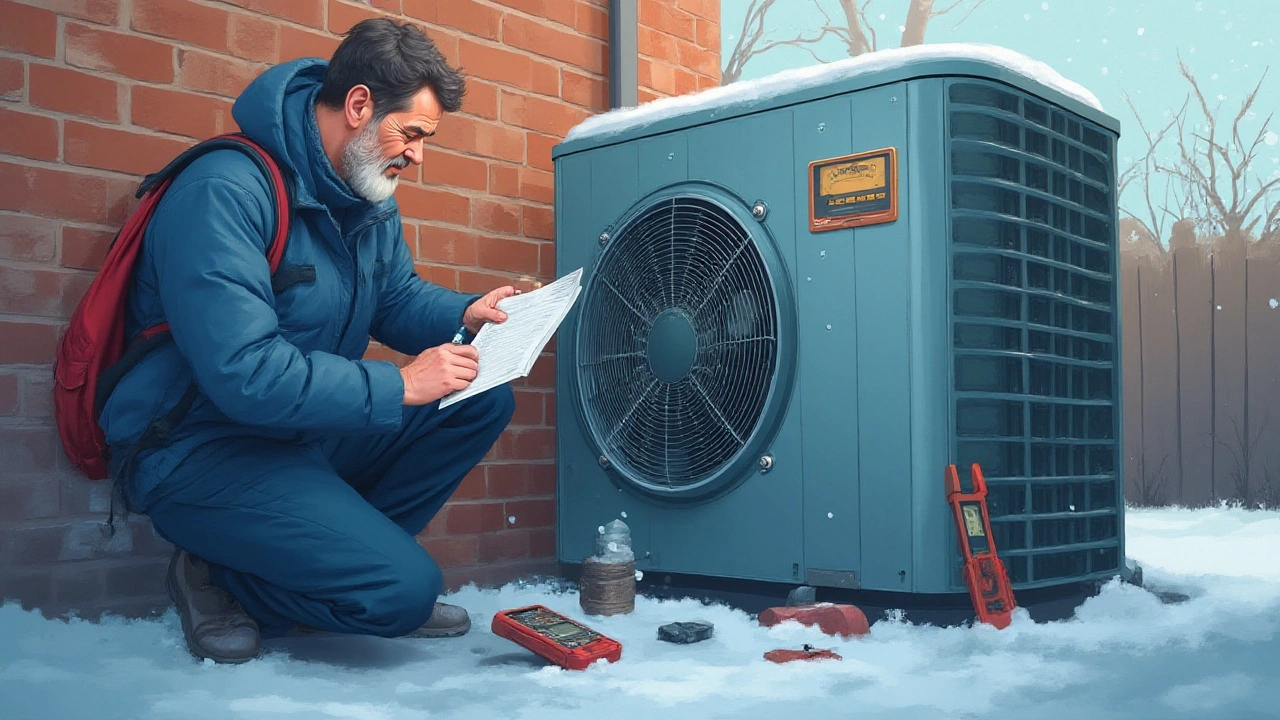
Easy DIY Fixes Before You Call for Heat Pump Repair
Nobody wants to toss cash at a tradie if they don’t have to. From years of fiddling with my own gear (and the odd bit of trial and error—ask Elara about last summer!), here are some things you can tackle yourself, no tools required—though maybe have your phone handy, just in case.
- Check the thermostat—again. Flick the settings between cool and heat, see if anything changes. Make sure the schedule isn’t overriding your settings—some thermostats love to reset to an ‘eco’ mode in the middle of the night.
- Change (or clean) your air filter. Grab a new filter—it’ll only cost you a couple of bucks at Bunnings. If you have a reusable filter, warm soapy water does the trick. Slide it back in (with the airflow arrow pointing the right way).
- Walk outside and peek at your unit. Do you see ice buildup along the coils? Sometimes, carefully knocking away light frost helps, but never use sharp tools (you could bust something expensive). If the entire unit is encased in ice, that’s a red flag for a bigger issue. Shut everything off and give it time to thaw out.
- Listen—do you hear the compressor running, or just the fan? If it’s only the fan, not the motor, you might have a refrigerant issue. Best leave that one to someone qualified—Australian laws are super clear about this.
- Check your electrical circuit—find your switchboard, make sure nothing’s tripped. Heat pumps draw a surprising amount of current, especially on the first cycle after being off for a while. Flick any tripped breakers back to ON, see if that wakes the system up. If it trips again, call a sparky—something’s wrong with the wiring or the unit’s drawing too much power.
Tip: Give your system time—once you change a setting, wait a good 10-15 minutes. Heat pumps don’t blast instant warmth like a flame heater, so patience pays off. It’s normal for them to cycle on and off a few times before the air even begins to shift temperature—especially in mild or freezing weather.
One warning: If your system starts short-cycling (turns on and off in less than five minutes, repeating endlessly), stop trying to restart it. That can fry your compressor, which isn’t a cheap fix. This is one of those moments where picking up the phone might actually save you a lot of money down the line.
If you’re in a rental, check with the landlord before pulling anything apart or buying parts. South Australia’s tenancy codes are strict about who’s responsible for appliance repairs.
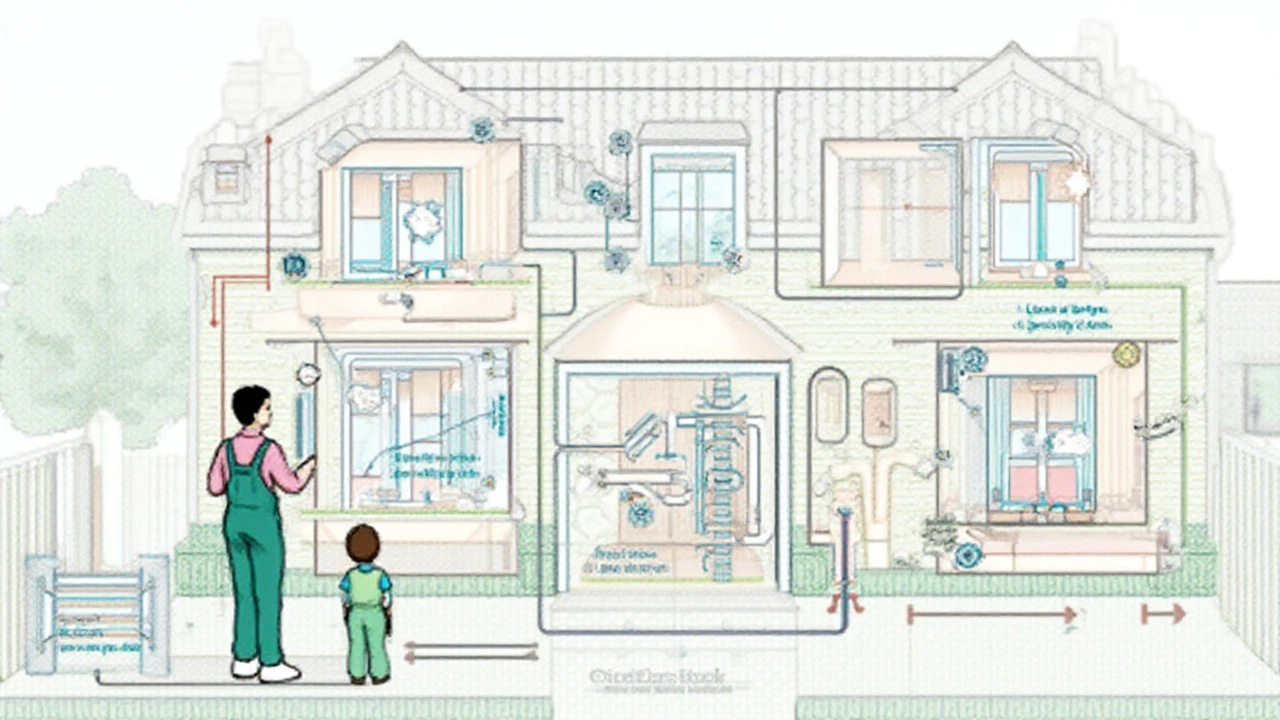
When You Need Professional Heat Pump Repair—and How to Avoid Future Hassles
Some repairs are pretty clear-cut: if you see water pooling indoors, hear screeching noises, or notice electrical burning smells—step away (seriously). Professional techs aren’t just better at diagnosis; it’s actually illegal for unlicensed folks to mess with some components, like the refrigerant loop or anything inside the sealed unit. If you’ve hit all the obvious steps and warm air is still a distant dream, it’s time to wave the white flag—and save yourself some growing headaches.
Professional repairs usually involve pressure checks, leak detection, part replacement (like the capacitor, reversing valve, or compressor), and occasionally system recalibration. According to Clean Energy Regulator data, a well-maintained heat pump in Australia can run efficiently for up to 15 years—but only if you do the basics: swap filters each season, keep the outdoor coil clear from debris, and don’t let ice linger around the unit. I’ve seen heat pumps in Adelaide caked with red dirt, leaves, even the odd sandwich wrapper (not kidding—thanks, neighbourhood kids), and every single one was straining to heat the house.
- Book annual servicing each spring—before the summer heat or winter chill kicks in. Pros can catch refrigerant leaks, test electrical connections, and clear out blockages all at once.
- Check that your ‘defrost mode’ operates correctly. When the temperature outside drops below 4°C, your heat pump should automatically reverse for a few minutes to thaw any ice. If not, there’s likely a control board or sensor problem.
- Look up the make and model of your heat pump. Brands like Daikin, Mitsubishi, and Fujitsu (top three in my neighbourhood, hands down) all have their odd quirks—read the manual, or find it online if you lost the paper copy ages ago.
- If you notice your system is more than ten years old, consider budgeting for an upgrade. Newer units use eco-friendly refrigerants, are more energy efficient, and many include smarter controls (like WiFi integration—as addictive as it sounds).
Random fact: Every degree you lower your thermostat in winter could cut your bill by up to 10%. If you’re layering up in socks and jumpers, trust me, your heat pump and your monthly budget will thank you.
Bottom line—don’t panic when the system throws a curveball. Most fixes are simple. If you catch issues early and care for your gear, warm air is just a reset, a filter, or a quick call away. Stay curious, stay warm, and if you ever meet a heat pump that’s colder than an Adelaide Tuesday night, you’ll know what to do next—no drama.

